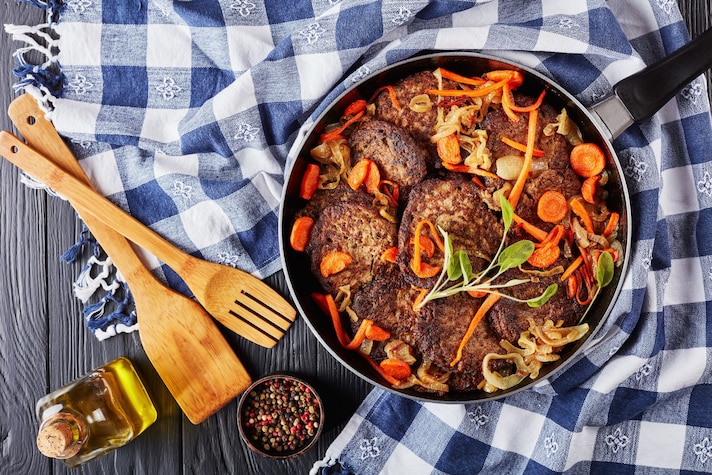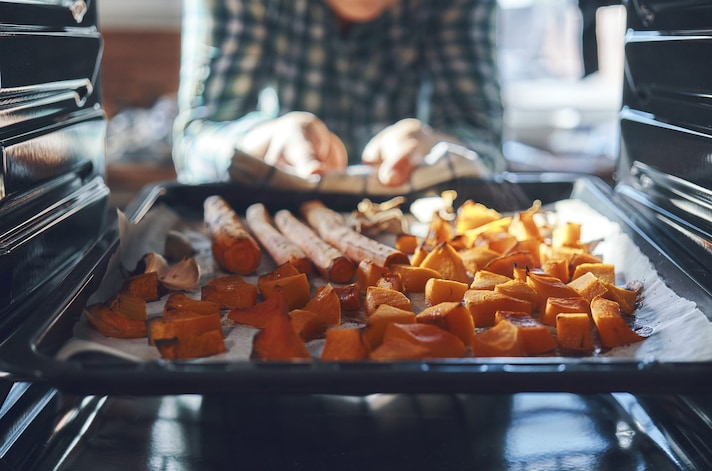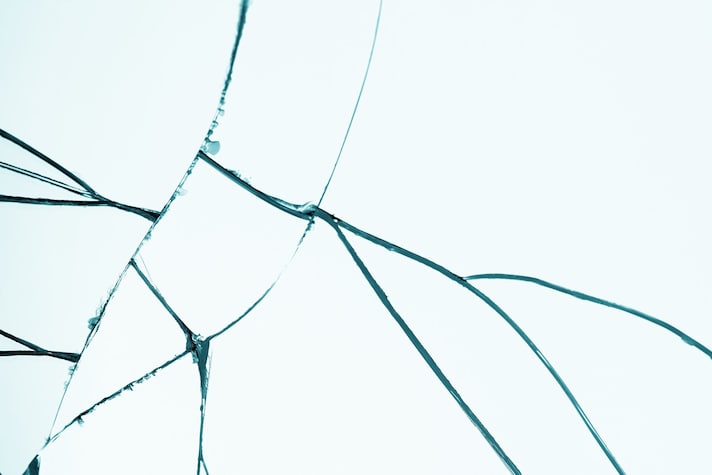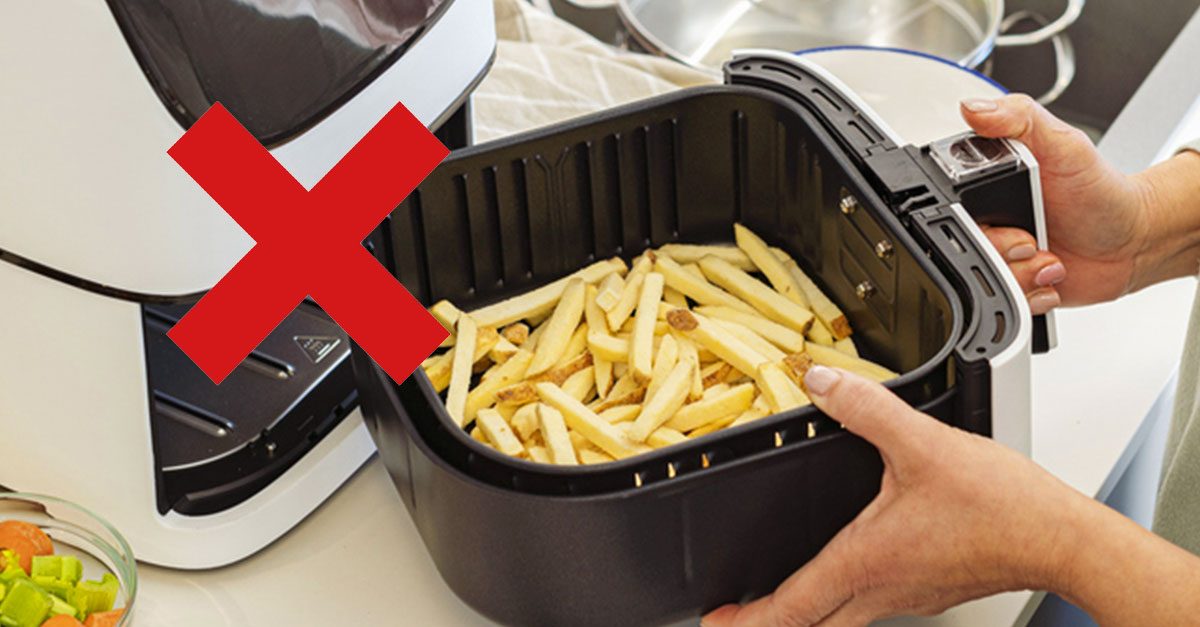5 of the most common kitchen mistakes and how to avoid them
Cooking disasters happen to absolutely everyone, from the initial preparation to the final steps of recipes. Anyway, every failed dish can become an opportunity to do better next time. That's why in this article we have listed five of the most common mistakes made in the kitchen, and how to avoid them!
;)
As home cooks, we try our best to make stunning and delicious meals. An assortment of recipe books and TV programs are available and make it easier for us to try and emulate professional chefs. But certain things make these chefs just shake their heads and cringe. Things that they wish home cooks would just stop doing immediately. Are you guilty of any of these?
1. Not Salting Pasta Water

The Italians say your pasta should be as salty as the Mediterranean’. The reason for seasoning your pasta water is simple…it’s to season your pasta. You’ve done all the effort to create a delicious accompanying pasta sauce, but if you add this to unseasoned pasta, it will ‘thin out’ the flavor when you serve the two together. This means you will end up with a dish that is a bit on the bland side. It’s also important to wait for the water to boil first before adding salt. If you add it before this, you will increase the boiling point, and wait longer for the water to boil.
2. Overcrowding Your Sauté Pan

One of the first steps in many recipes is to sear the meat in a sauté pan. Browning meat leads to a process called the Maillard reaction. Proteins and sugars within the meat interact with each other and create that delicious flavor that we know so well. If you overcrowd the pan, you will create more steam and ultimately, you will end up with braised meat instead of browned meat. You can reduce the risk of this by sautéing your meat in smaller batches until they are all browned.
3. Overcooking Vegetables

Most individuals who dislike vegetables have had a bad experience with them in the past. And by a bad experience, I mean overcooked, limp veggies which they were forced to eat. But boiling (and overcooking) vegetables is not just bad for texture. You also lose out on important nutrients. Cooking vegetables for a long time in water (e.g. boiling), causes nutrients and colors to leach out of the veg and into the water. When you drain your vegetables, this all goes down the drain. Do yourself a favor and start experimenting with roast vegetables. It’s not only easier (put them all on a roasting tin and stick it in the oven), but you will end up with delicious, flavorsome veggies that still have some crunch. And the bonus part, you won’t be missing out on essential nutrients!
4. Not Using a Thermometer

Kitchen thermometers are an essential tool to have in the kitchen. It not only helps you to get a perfectly cooked steak, but it’s also important for food safety. To make sure you don’t get food poisoning from undercooked meat, it’s important to measure the temperature of meals such as chicken and hamburgers. Color is not the best way to judge the doneness of meat. For instance, the most accurate measurement to determine whether the chicken is cooked and safe to eat is the temperature. It can be slightly pink but must be cooked to 75°C (165°F).
5. Using a Glass Cutting Board

Glass cutting boards came on the scene a few years ago and gained popularity as they were seen as a more hygienic option. Because glass is hard, it doesn’t get damaged by knives as would plastic or wooden boards. They are easy to clean, and there are no small crevices for bacteria to hide. But there are major drawbacks to using a glass cutting board. Firstly, because the glass is so smooth, there is a greater chance that it may slip, resulting in a cut. Secondly, they make your knives dull very quickly. And a dull knife is a dangerous knife. So instead of using glass, use a plastic or wooden cutting board. If you are paranoid about bacterial growth, make sure you clean and dry the boards properly after each use.
;Resize,width=767;)
;Resize,width=712;)
;Resize,width=712;)
;Resize,width=712;)
